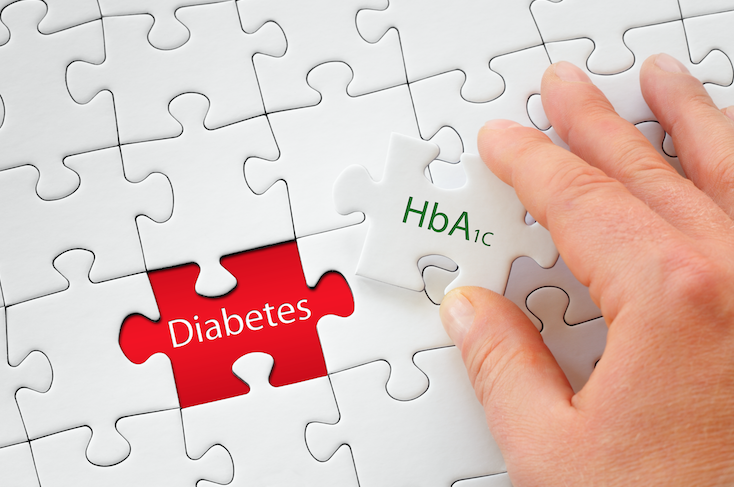All About HbA1c
August 4 2017
Have you ever heard this term called HbA1c?
Every time you eat, your body breaks down the carbohydrates into glucose, which enters your blood stream. The glucose will then attach naturally to haemoglobin forming Glycated Haemoglobin or what is also call as HbA1c. The amount of glucose that combines to the haemoglobin is directly proportional to the total amount of sugar that is in your system at that time.
Red blood cells survive in your body for 8-12 weeks before renewal and measuring Glycated Haemoglobin (HbA1c) can be used to reflect the average blood glucose levels over that duration. In other words, we can get an indication of what your blood glucose levels have averaged over the past 2-3 months.
The HbA1c target for people with Type 2 Diabetes is under 7%, which is an average blood glucose reading of 8.5mmol/L. Lowering of HbA1c is associated with a reduction in complications relating to Type 2 Diabetes. If your HbA1c is above 7% talk to our diabetes team today. We are happy to discuss options available to you to help your HbA1c and reduce the risk of complications.
If you would like to make an appointment with one of our Diabetes Educators, please call 03 5229 5192 (Myers Street Family Medical Practice) or 03 5241 6129 (The Cottage Medical Centre).
Be informed and visit our DIABETES section.
